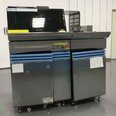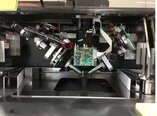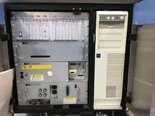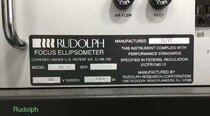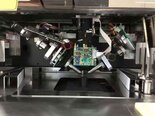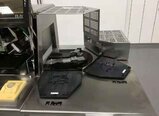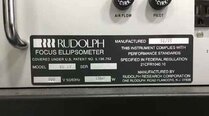Used RUDOLPH FE IV #293637499 for sale
URL successfully copied!
Tap to zoom
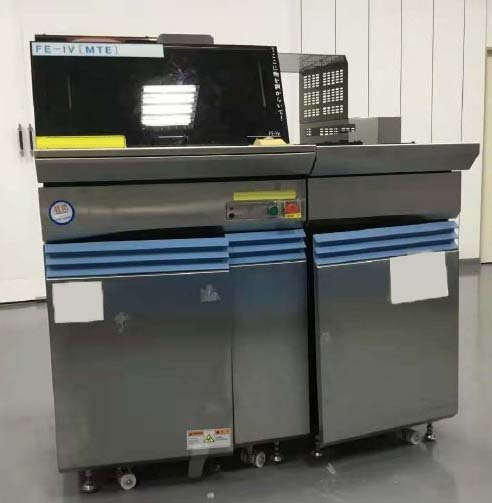

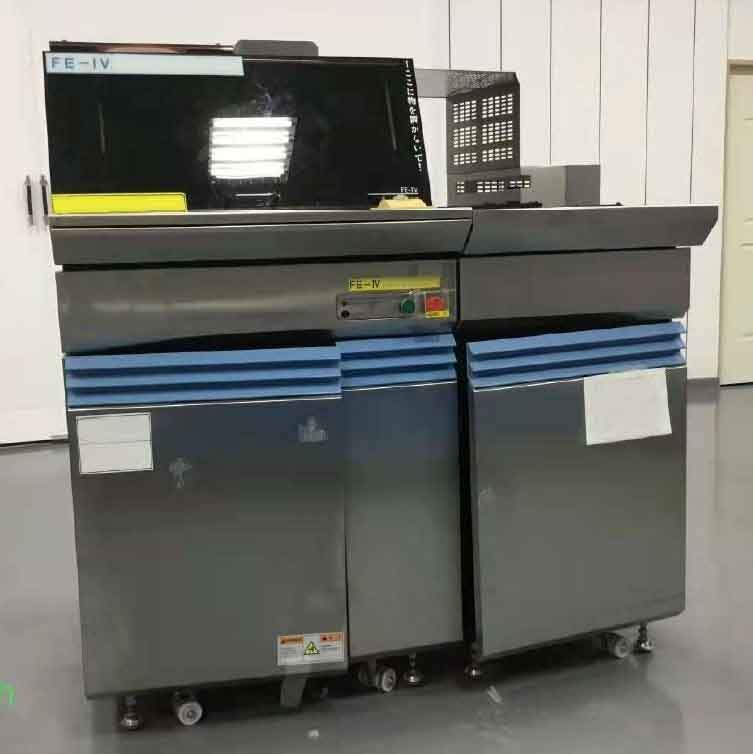







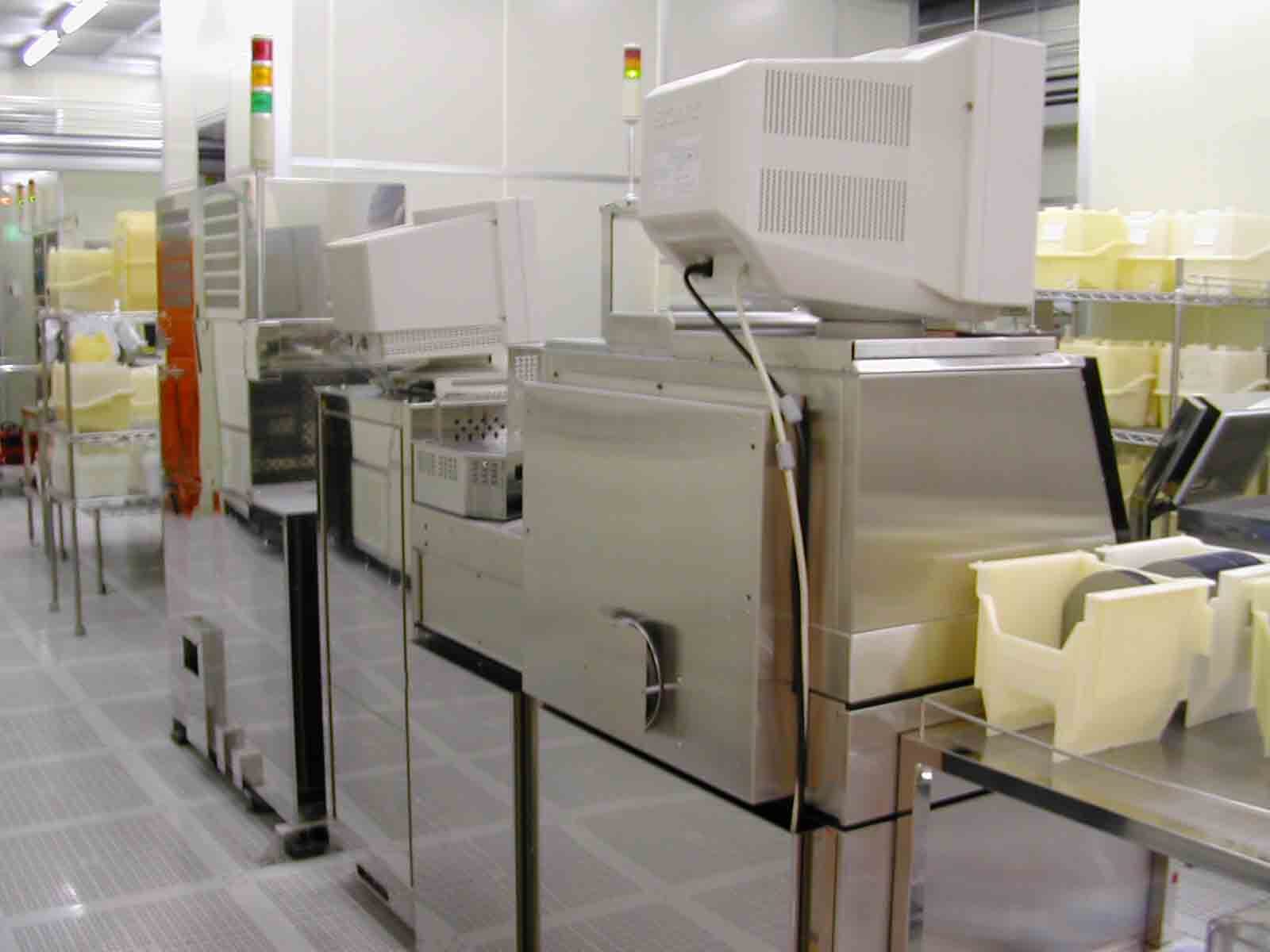

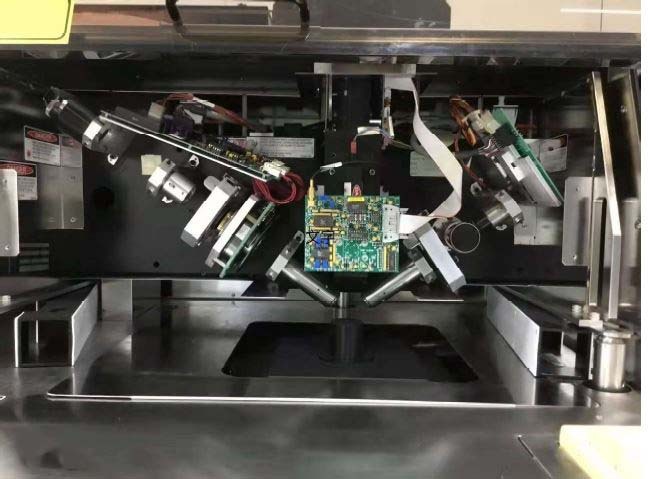

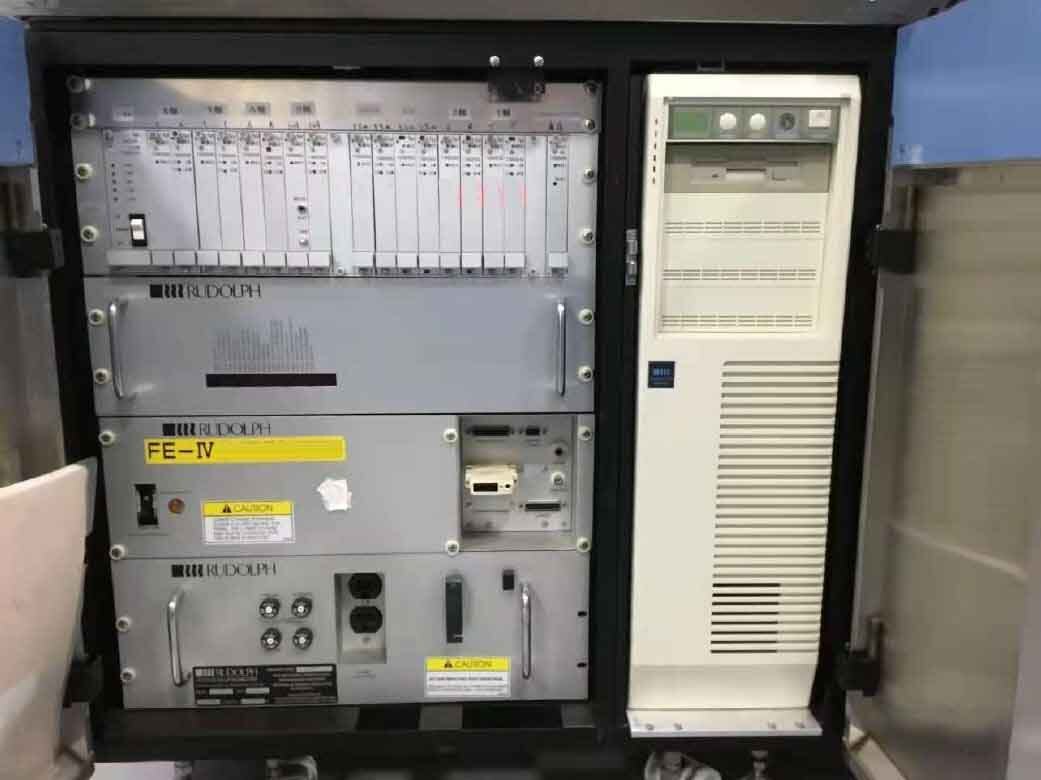

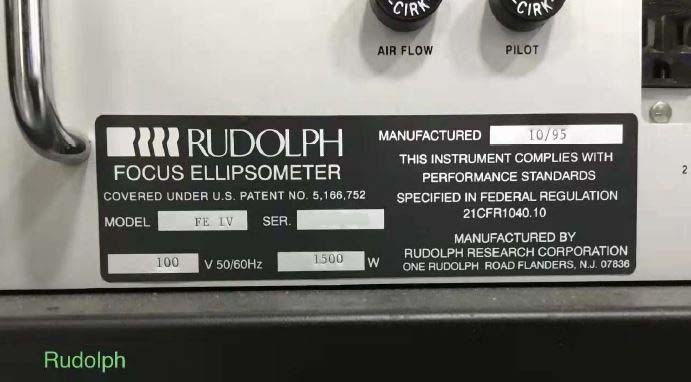

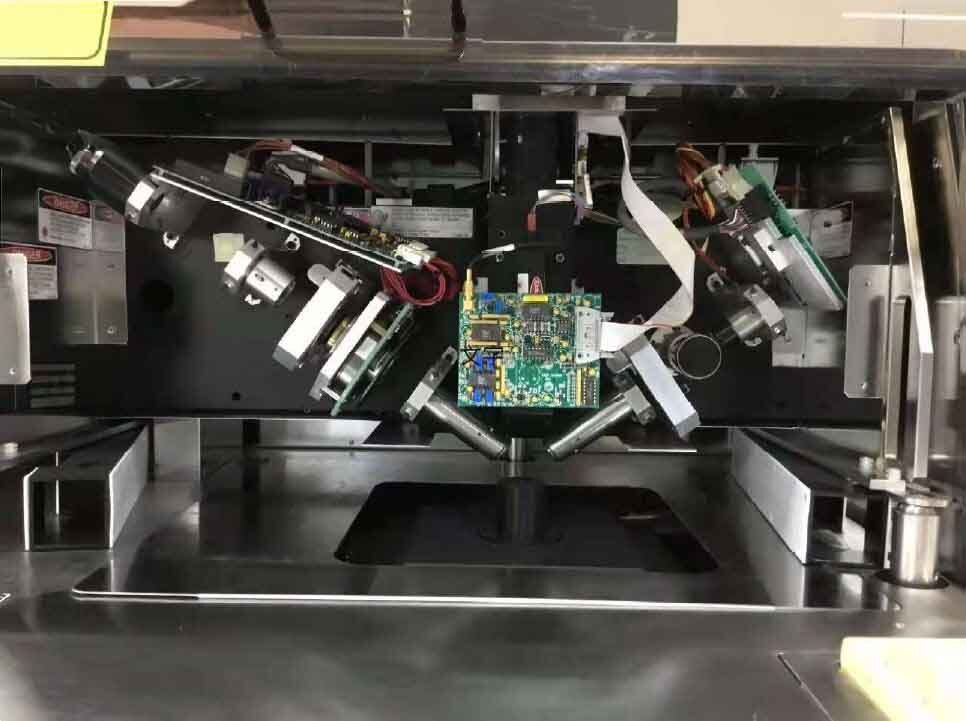

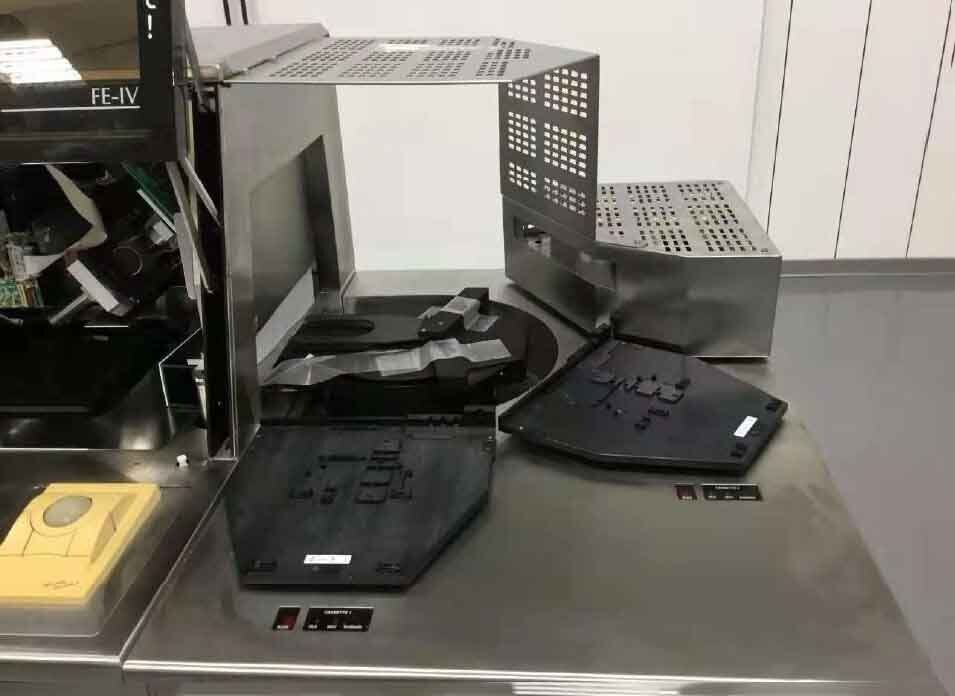





ID: 293637499
Wafer Size: 8"
Vintage: 1995
Thickness measurement system, 8"
Process capability: 11µm, 13µm, 15µm, 18µm, 25µm, 35µm
Load lock
PC Board
Computer
Main body
Power supply: 1500W, 100 VAC, 50 / 60 Hz
1995 vintage.
RUDOLPH FE IV is an ellipsometer which can be used to measure physical and chemical properties of thin films. It is one of the most advanced and reliable ellipsometers available on the market today. RUDOLPH FE-IV has two major components: a light source and an interferometer. The light source is a laser which emits light at specific wavelengths. The laser light is then split by two sets of mirrors before being directed onto the surface of the sample being studied. When the light interacts with the surface it is reflected back and its polarization state is recorded. The second component of FE IV is the interferometer. This is what measures the changes in the polarization state of the light. FE-IV comes with a number of interferometer types, all of which are designed to measure the changes in the polarization of light at different angles and different wavelengths. These measurements can then be used to calculate the optical properties of the thin film being studied, as well as its thickness and physical composition. RUDOLPH FE IV has a number of features that make it particularly attractive to scientists. It has a high resolution, which is necessary for making accurate measurements. It is also able to measure samples at a wide range of angles and wavelengths in a single scan. Additionally, it has the ability to measure both the index of refraction and the optical constants simultaneously. These qualities make RUDOLPH FE-IV an ideal tool for a range of research projects and applications. Overall, FE IV is an innovative and reliable ellipsometer that can be used to measure the physical and chemical properties of thin films. Its combination of high resolution, speed, and accuracy make it a great choice for scientific research in fields such as physics, chemistry, materials science, and nanotechnology. Plus, its variability and range of measurement modes mean it can be used for many different projects.
There are no reviews yet

